Arecibo Observatory's Space Cats Need Your Help!
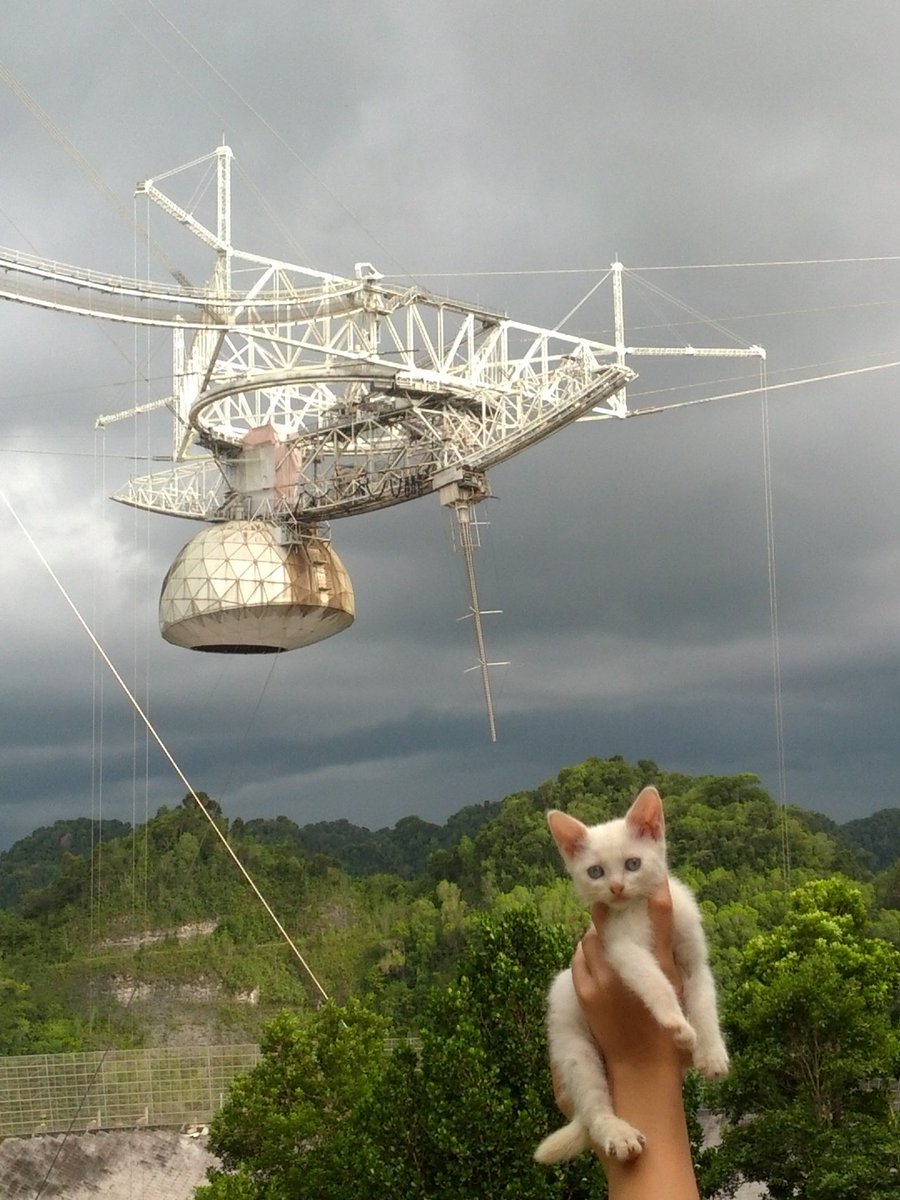
Puerto Rico's Arecibo Observatory is the home of the second-largest radio telescope in the world. It's also home to cats — lots of cats.
When Hurricane Maria slammed Puerto Rico last September, destroying tens of thousands of homes and damaging the observatory, staff and other members of the local community sought shelter and supplies at the observatory's visitor center. And the local cats did the same. [The Arecibo Observatory: Puerto Rico's Giant Radio Telescope in Photos]
The Arecibo Observatory has long been known for its felines, and it has become an increasingly popular cat hangout ever since the hurricane hit last year, Flaviane Venditti, a researcher at the observatory, told Space.com. "After the hurricane, many people left the island and, in the process, left their animals behind," Venditti said. "We can see that based on how people-friendly some of the cats are. They might have come to the observatory to shelter during the storm."
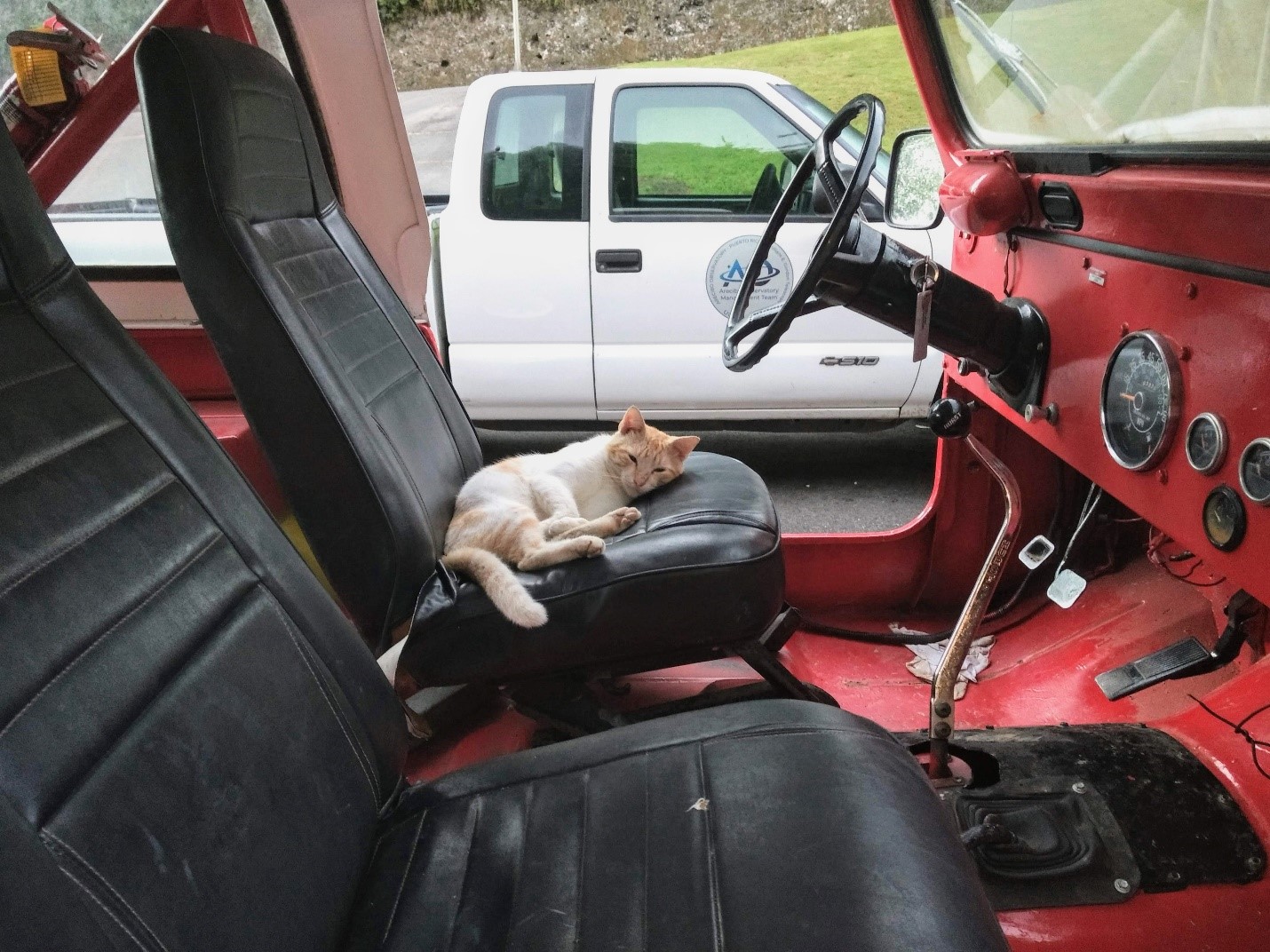
While no one seems to mind the furry felines loitering in the staff parking lot, napping in people's cars and teasing the local toads and geckos, some staff members worry that the cat population will quickly grow out of control as the resident felines continue to give birth to litters of (very adorable) kittens.
The cat rescue effort at the Arecibo Observatory originally started with Alessondra Springmann, a data analyst who worked with the Planetary Radar Science Group there from 2012 to 2014. Springmann helped to capture, spay and find loving homes for the cats — and created their adorable Twitter account, @ObservatoryCats.
"Since she left, nobody kept helping to take care of the cats," Venditti said. "Because the population was increasing after Hurricane Maria, with the help of colleagues, I had the idea to start doing something about it."
So, Venditti and fellow staff members who have been feeding the observatory cats have set up a fundraising campaign via GoFundMe to help get the cats spayed and neutered. The campaign has been successful so far, with $1,470 of the $1,600 goal raised as of today (Aug. 24).
Get the Space.com Newsletter
Breaking space news, the latest updates on rocket launches, skywatching events and more!
Thanks to the outpouring of support, Venditti said, the donations are now also being used to vaccinate and deworm the cats. "Some cats might also need more medical assistance," she said. "I'm buying the food myself, but according to how much we spend with the vets, we could buy food with the help of donations too." She said one of the biggest expenses is boarding the cats as they recover after surgery.
Venditti estimates that eight to 10 cats currently live at Arecibo Observatory, not including two litters of kittens that were born in the past few weeks. Since Hurricane Maria, staff and students have adopted seven observatory cats.
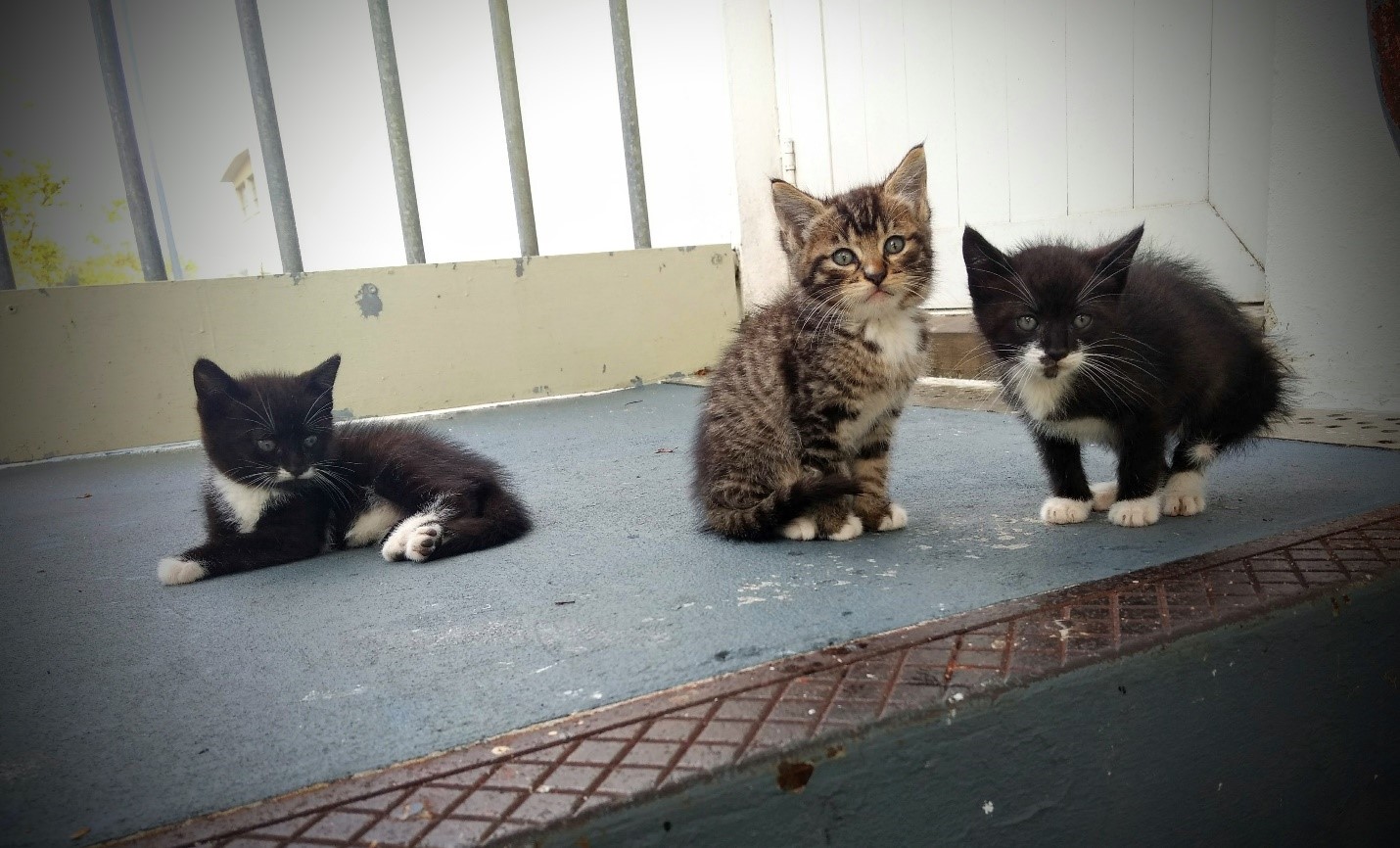
One friendly momma cat named Gypsy and all three of her kittens were adopted over the winter. "Then, in February, we saw another mother with a litter, but the mother was more reserved and, after a couple months, abandoned the kittens," Venditti said. "The kittens — two brothers, Venus and Mars — kept crying out, and we started feeding them, and they have been hanging out at the same spot ever since."
Both Mars and Venus, also known as "the teenagers" around the observatory, have been captured and fixed thanks to help from the GoFundMe campaign. Venus has been released, and Mars is expected to return to the observatory today after recovering from his surgery at the local veterinarian's office, Hospital Veterinario San Francisco de Asis in Hatillo, Puerto Rico.
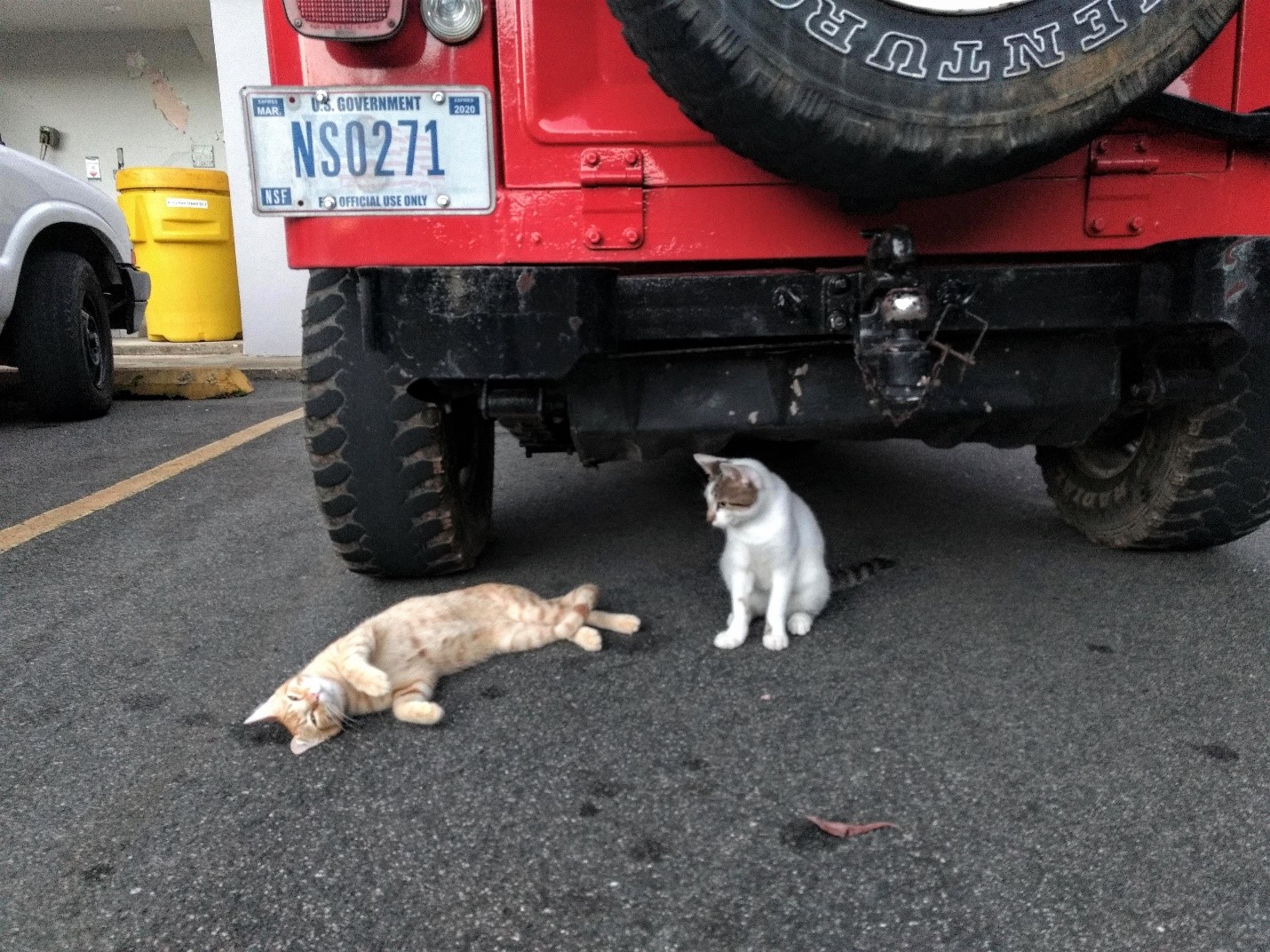
"The next one is Old Tom," the cat caught sleeping in the red Jeep above, Venditti said. "We think he's the father of many." Old Tom was also neutered this week and remains boarded at the animal hospital as he recovers from the surgery. Meanwhile, the females with newborn kittens will have to wait until their kittens grow more before they can be spayed, she added.
Venditti said that finding a veterinarian to help with the observatory cats was a struggle at first. "The biggest issue we were having was that clinics here are only by appointment," she said. "This one working with us is the only 24-hour vet clinic around, and they understood that we never know exactly when we'll be able to catch a cat, so they let us bring them whenever we can."
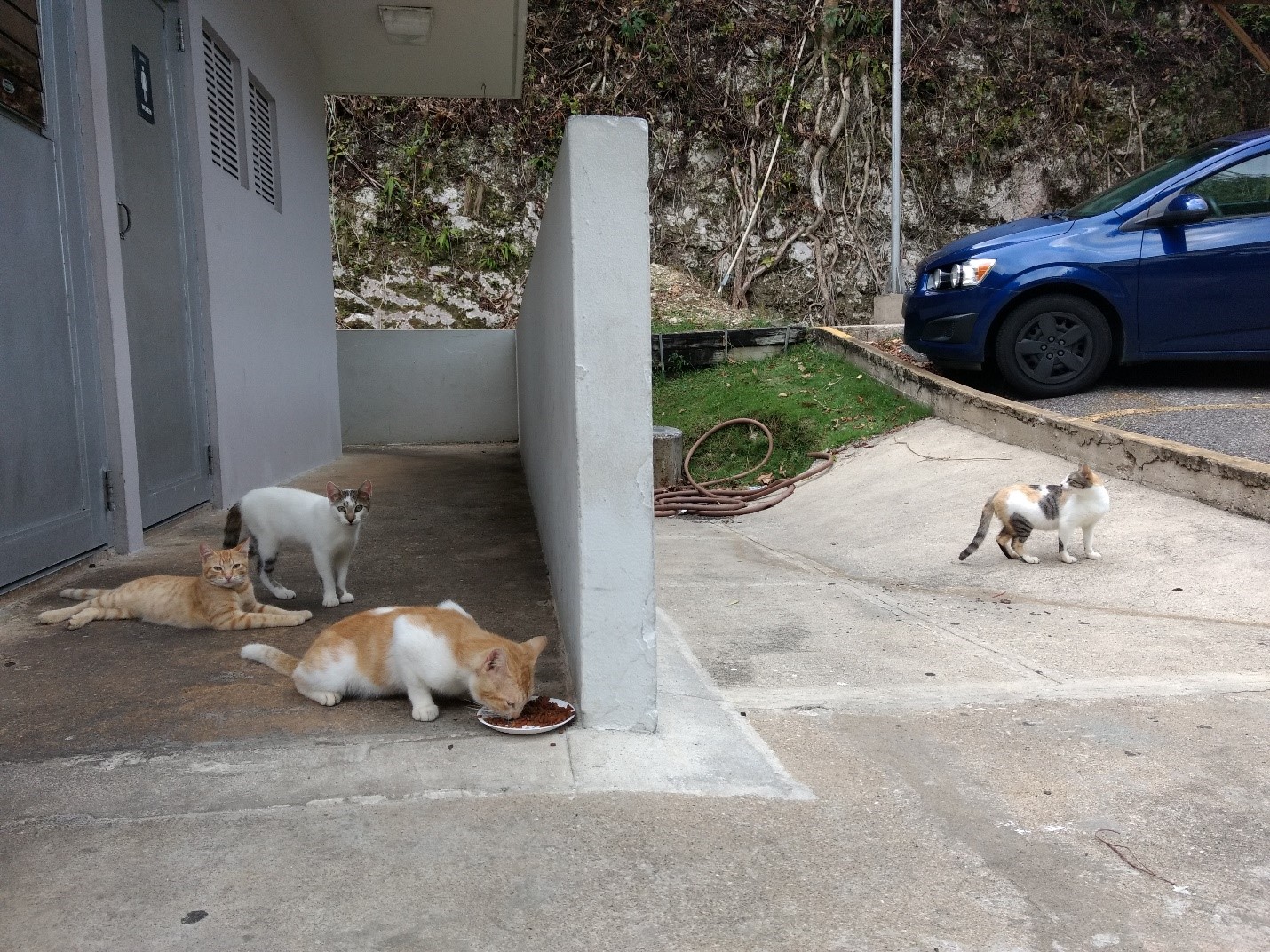
Considering the setting of this cat tale, it should come as no surprise that Mars and Venus are not the only observatory cats with out-of-this-world names. A little brown cat was named after the potentially hazardous asteroid Apophis, "as a joke, because he's so tiny and harmless," Venditti said.
Florence, a calico cat with kittens, was named after a triple asteroid system observed at the observatory right before Hurricane Irma," a Category 5 hurricane that hit Puerto Rico about two weeks before Hurricane Maria.
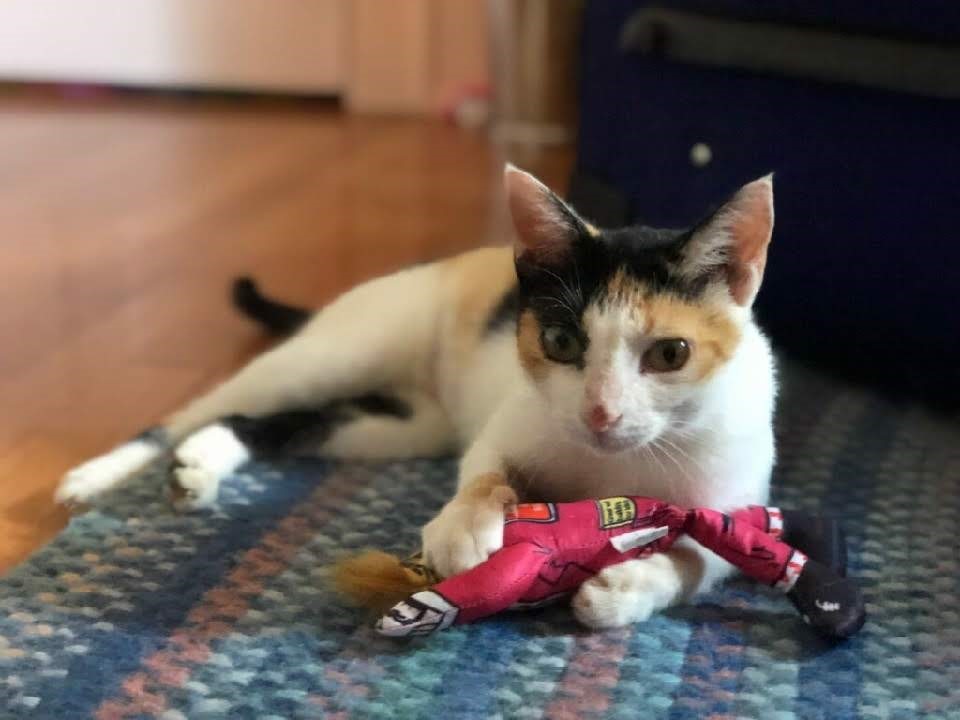
Another cat was named Midas after a near-Earth asteroid called 1981 Midas, which the Arecibo Observatory had recently observed. Midas (the cat) showed up at the observatory this summer and started tailing a group of students, when someone noticed that she was very sick and took her to the vet.
"The cat stayed at the vet for several days and needed lab exams and medication for a while," Venditti said. "Finally, she got healthy, and the summer student decided to adopt it and flew back to the mainland with her at the end of the program."
To donate to their cause, you can visit the GoFundMe page. Venditti said that, after reaching the initial $1,600 required to spay/neuter the cats, she and her fellow cat-loving colleagues will likely continue to need help caring for the cats. "I will definitely keep taking care of them, and there will always be new cats showing up in need of help," she said.
Email Hanneke Weitering at hweitering@space.com or follow her @hannekescience. Follow us @Spacedotcom, Facebook and Google+. Original article on Space.com.
Join our Space Forums to keep talking space on the latest missions, night sky and more! And if you have a news tip, correction or comment, let us know at: community@space.com.

Hanneke Weitering is a multimedia journalist in the Pacific Northwest reporting on the future of aviation at FutureFlight.aero and Aviation International News and was previously the Editor for Spaceflight and Astronomy news here at Space.com. As an editor with over 10 years of experience in science journalism she has previously written for Scholastic Classroom Magazines, MedPage Today and The Joint Institute for Computational Sciences at Oak Ridge National Laboratory. After studying physics at the University of Tennessee in her hometown of Knoxville, she earned her graduate degree in Science, Health and Environmental Reporting (SHERP) from New York University. Hanneke joined the Space.com team in 2016 as a staff writer and producer, covering topics including spaceflight and astronomy. She currently lives in Seattle, home of the Space Needle, with her cat and two snakes. In her spare time, Hanneke enjoys exploring the Rocky Mountains, basking in nature and looking for dark skies to gaze at the cosmos.









